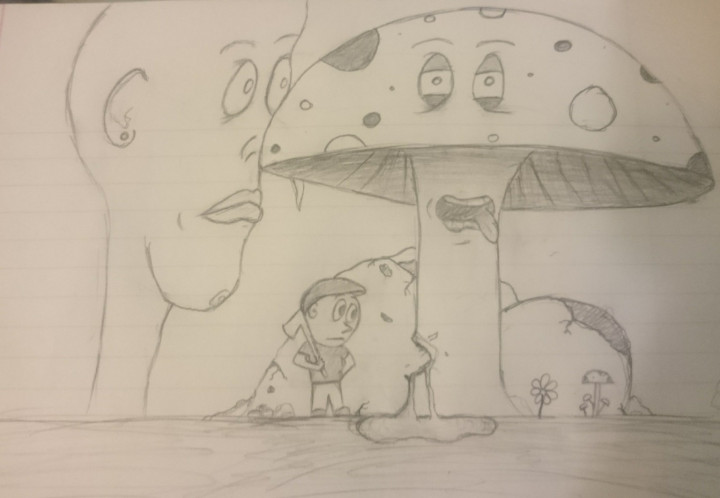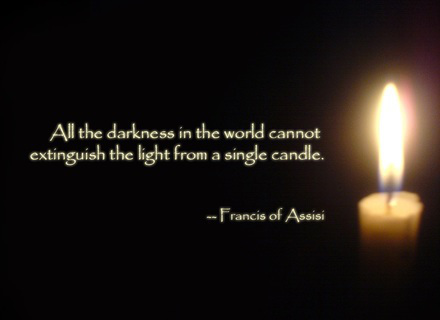This week I’m starting with spessartite garnet, whose name comes from the Spessart Mountains in Bavaria, where it was discovered in the 1830’s. It was a rare gem until an important find was discovered in Namibia, Africa in the early 1990’s. Now, this garnet gets its delicious orange color from its manganese component, making it one of the few gems that owe its color to its composition rather than impurities. As an example, chromium is the impurity that makes rubies red and emeralds green! Fancy that, eh?
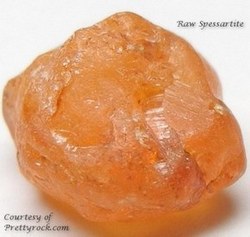
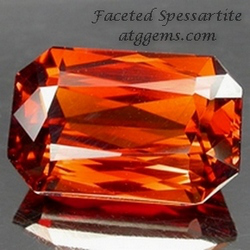
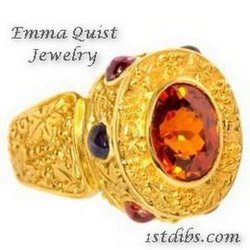
Mohs hardness – 7-7.5
Toughness – fair to good
Cleavage – indistinct
Stability to light – Stable
Next is pyrope, the garnet most of us are familiar with. The name is derived from the Greek word, “pyrōpós”; “pur” = fire and “ops” = eye, meaning fiery-eyed. Large deposits of this garnet were found in Central Europe (Bohemia) in the 1500’s, so they are also referred to as Bohemian garnets which were highly popular until the1800’s. Their popularity is still seen in today’s jewelry pieces, and because of its dark color, it goes well in men’s jewelry. Below is a beautiful Bohemian garnet hairpin from the Victorian era that Ales and Maria Herdlicka donated to the Smithsonian Institution in 1937. *dreamy sigh! *
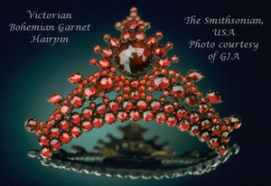
There is one pyrope that has an unusual and surprising locale…ant hills! Yes, you read that right! These tiny (less than a carat) garnets are found on and around ant hills, especially in Arizona. You see, as ants dig their intricate network of tunnels, they come across the gems. While they work around larger stones, the smaller ones get taken to the top and chucked outside. As rain falls, the stones get washed off and moved down the side of the hill where they are collected then sold in lots to lapidaries who cut them, then sell them to jewelers and collectors who will mount them into jewelry. Shown below are photos of ant hill garnets. Fun, eh? I knew you would think so!
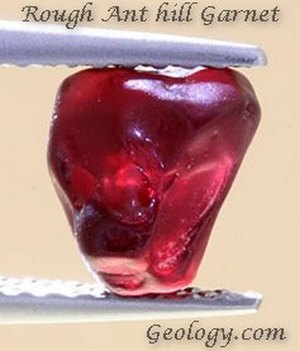
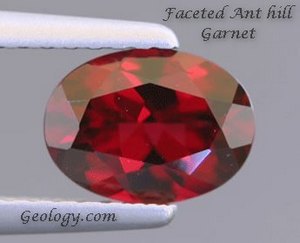
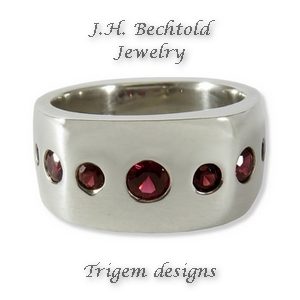
Moh’s hardness – 6.5-7.5
Toughness – good
Cleavage – none
Stability to light – Stable
Last is the love-child of spessartite and pyrope; color change garnet. This garnet comes from different parts of the globe, but those mined in Norway can exhibit colors that can exceed that of alexandrite! Some of the best specimens come from Bekily in Southern Madagascar whose colors change from greenish-brown to red-pink. Unlike many gems that change color by simply changing the viewing angle, this garnet has the specific ability to show dramatic changes in colors (brown/gray, bronze, greens, blues, pinks, reds and purple) by viewing it under various lighting. To get the full effect of this fabulous gem, it should be viewed under various lights (incandescent, candle and fluorescent) and different times of the day. Consider me officially in love!!! It’s important to note that the photos you see are of the same gem…
Here’s a nifty YouTube video of color change garnet; copy and paste into your browser to watch the magic happen! https://www.youtube.com/watch?v=1TGPK_P4kPA
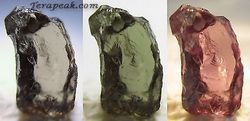
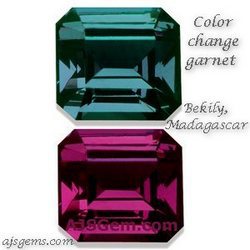
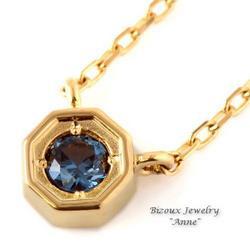
Color change garnet hardness – 7-7.5 on the Mohs scale
Toughness – good
Cleavage – none
Stability to light: Stable
Care: Garnets should not be exposed to sudden changes in temperature. Ultrasonic cleaners and steamers are not recommended. The best way to clean them is with a soft cloth or soft brush (if needed) with warm water and a mild soap. Rinse thoroughly with room-temperature water to make sure all soap is rinsed off. Although they are tough and durable, remember to protect them from hard blows and keep them away from other gems to prevent scratching.
That’s all for this week, I hope you enjoyed this post, and if you would like my list of references, please don’t hesitate to ask! Feel free to comment and ask questions and I will reply as quickly as I can! Thanks for taking time out of your day to read this and because I posted it so late in the week, look for the final post no later than Saturday, have a great day!




